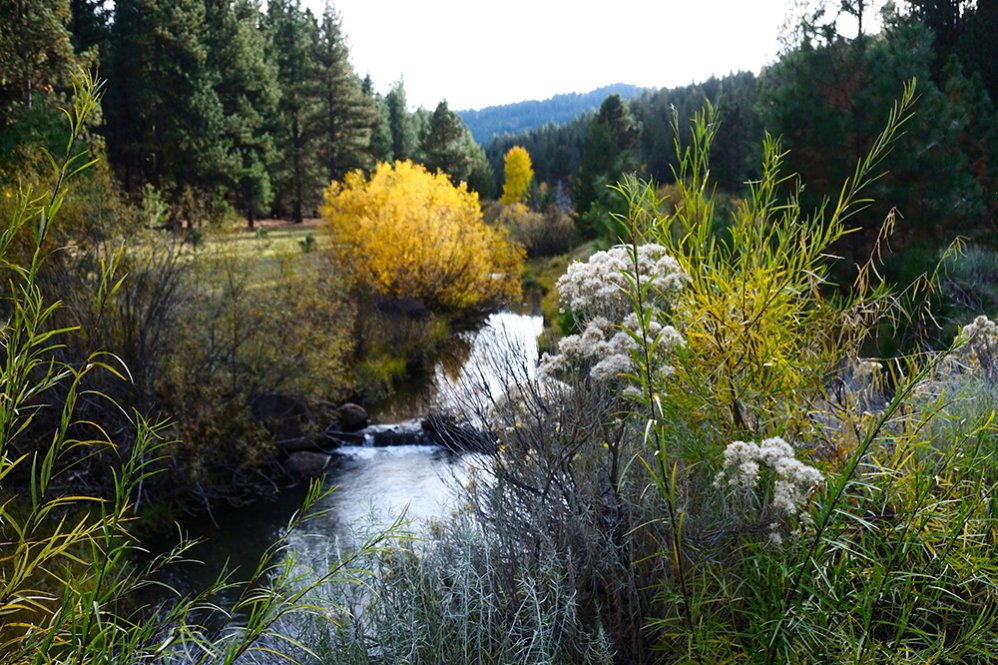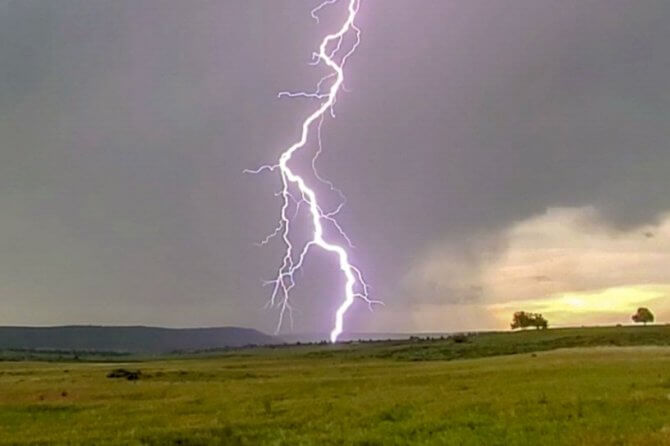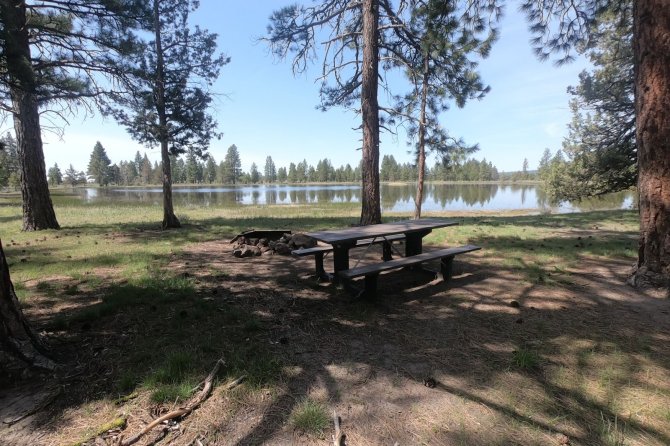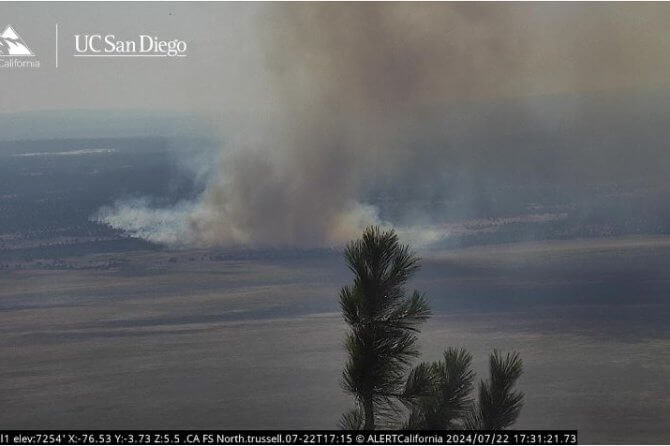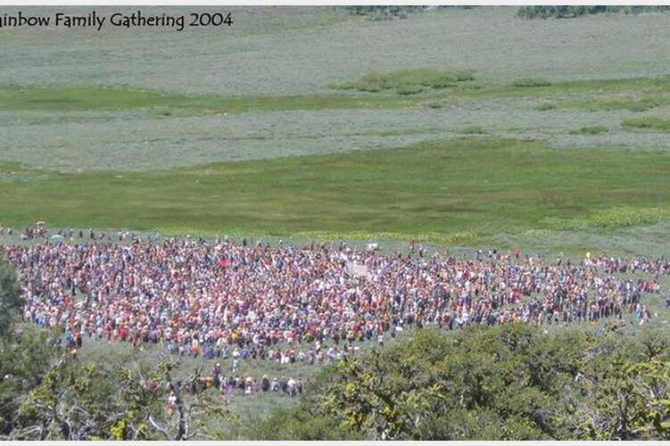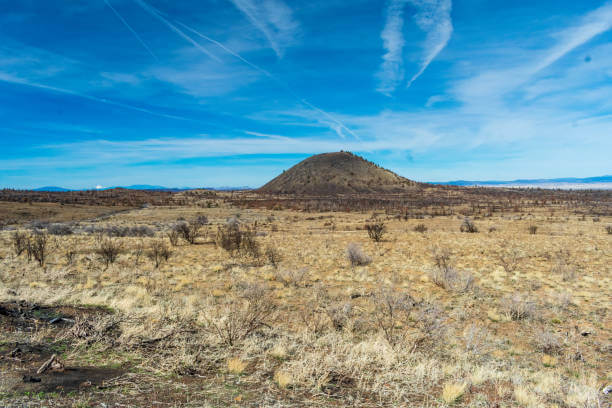By: Chelsea Bacon
A recent study by Oregon State University (OSU), partially funded by Klamath County, has highlighted the severe economic repercussions of water shortages on farms and ranches in the Upper Klamath Basin. According to the study, the region’s agricultural sector, valued at approximately $368 million annually, generates $176.5 million in income and supports 3,180 full- and part-time jobs. However, increasing restrictions on water use are putting this economic activity at risk, threatening the livelihoods of many who depend on farming and ranching in the area. The study emphasizes the urgent need for solutions to address water scarcity to protect the region’s economy and its agricultural community.
The recent study by Oregon State University (OSU), partially funded by Klamath County, reveals significant economic losses in the Upper Klamath Basin due to water shortages. The study found that approximately $12 million in direct and indirect labor income and 210 jobs have already been lost following a decline in livestock production, valued at $25 million annually, due to water restrictions on the Williamson, Wood, and Sprague rivers.
The study warns that an additional $12.5 million in labor income and 120 jobs are currently at risk because of the maximum water allotment imposed by the U.S. Bureau of Reclamation (USBR) on farmers and ranchers in the Klamath Project. The Klamath Project, covering around 230,000 acres in Klamath, Siskiyou, and Modoc counties, includes farmed lands within two national wildlife refuges. Crops in this area include grain, alfalfa, onions, potatoes, peppermint, and strawberries.
Typically, a full water supply for the Klamath Project from Upper Klamath Lake is about 450,000 acre-feet. However, the USBR currently limits diversions to a maximum of 350,000 acre-feet, regardless of physical availability. The study highlights that if the USBR reduces the water allocation to 225,000 acre-feet, it could lead to the loss of 650 jobs and a $34 million decrease in income. An allocation of 100,000 acre-feet could result in 790 job losses and $41 million in lost income. Presently, the USBR’s location from Upper Klamath Lake stands at 260,000 acre-feet, the same as in 2023.
Between 2020 and 2022, the water supply from Upper Klamath Lake ranged from zero to 155,000 acre-feet, with significant shortages also occurring in 2018, 2015, 2014, 2010, and 2001. The federal restrictions on water supply stem from the USBR’s interpretation of the Endangered Species Act, despite no significant recovery of the protected fish species over the past 20 years.
Another impact this water shortage will affect is our farmers and ranchers. If our ranchers and farmers lose access to groundwater, regional economic losses could exceed $64 million and 1,340 jobs. The consequences extend beyond individual income and employment. Reduced water supplies have already led to a decrease of over $1 million in Klamath County’s property tax revenues, with predicted declines in sales and use taxes for Siskiyou and Modoc counties.
The Tri-Counties group, composed of elected leaders from Siskiyou and Modoc counties in California and Klamath County in Oregon, has repeatedly called for a full water supply allocation for the Klamath Project in 2024 and beyond. They argue that reductions in irrigation supply pose a dire economic threat, reflecting a concerning lack of understanding and urgency from federal agencies regarding the realities faced by their communities.
These reductions come at a time when California grapples with the highest unemployment rates in the nation. Decreased water supply to the Klamath Basin will exacerbate this crisis, stripping away jobs in an already struggling state, particularly in rural Modoc and Siskiyou counties. The agricultural sector, a vital lifeline for many families, faces severe disruptions, leading to further economic distress.
The study also points out that reduced water supplies by the Bureau of Reclamation, driven by directives from the U.S. Fish and Wildlife Service and the National Marine Fisheries Service, reflect a troubling gap in effectiveness and understanding from decision-makers. These decisions must consider the immediate and long-term effects on local communities.
Local leaders are urging federal agencies to provide a full water supply for the 2024 water year and adequate irrigation supplies in the future. They stress the need for policies that balance environmental concerns with the economic realities faced by the communities dependent on the Klamath Basin for their livelihoods.

